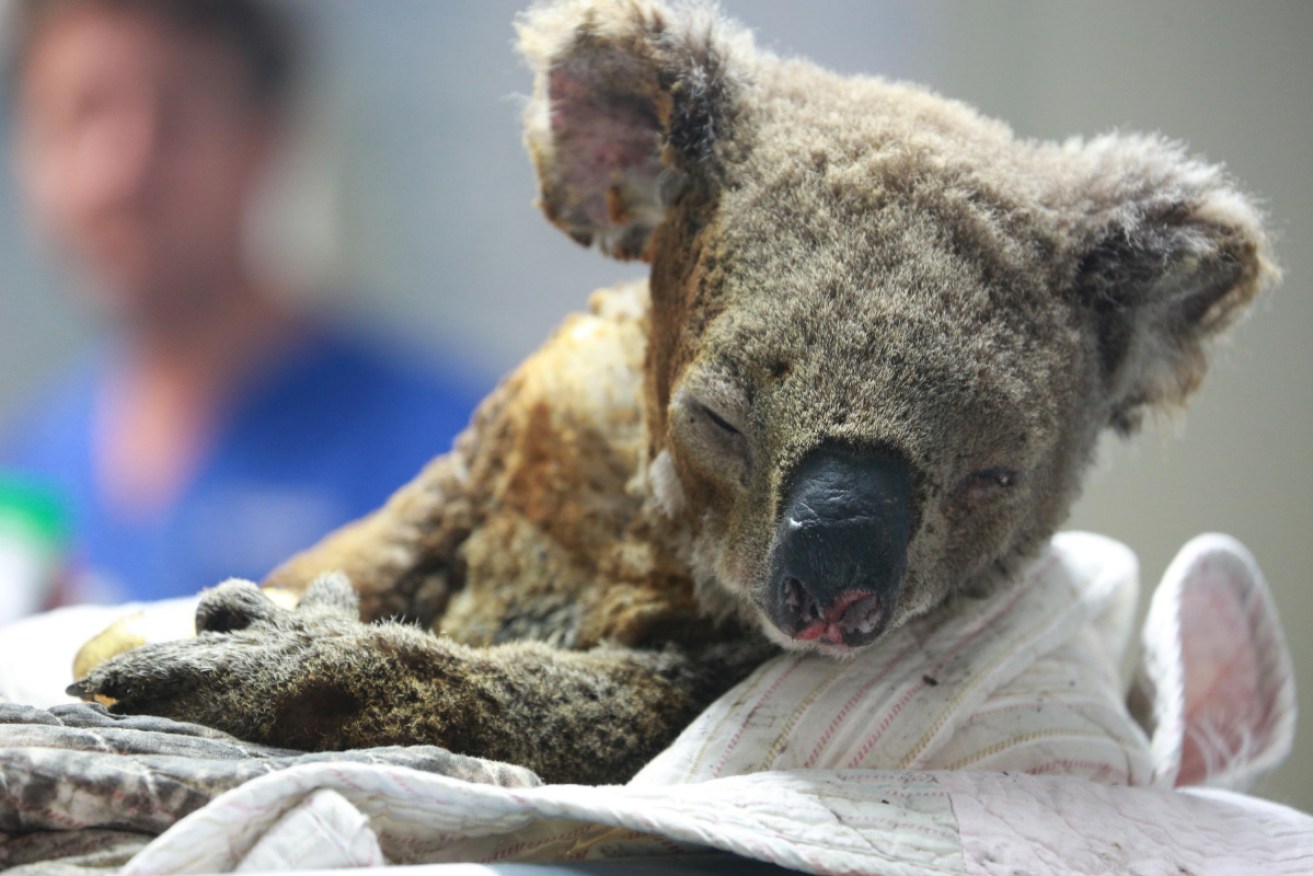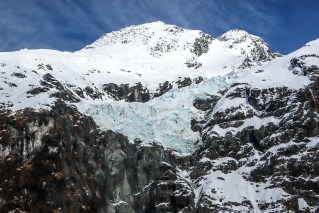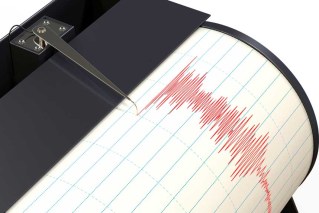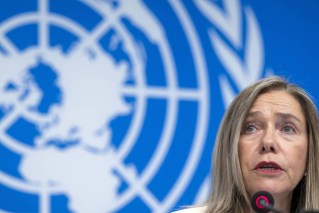Three billion animals killed or displaced in summer bushfires – study

Koalas were hit hard by the summer's devastating fires. Photo: Getty
Almost 3 billion koalas, kangaroos and other animals are estimated to have been killed or displaced in Australia’s ‘Black Summer’ bushfires, according to an updated study trebling the previous estimate of 1 billion.
It is the worst single event for wildlife in Australia, among the worst in the world and is likely to push some species into extinction, according to the study, funded by WWF Australia.
“It’s almost inconceivable that so many animals would be lost and displaced,” said University of Sydney professor Chris Dickman, who coordinated the study.
Professor Dickman’s estimate of 1 billion animals lost or displaced made headlines around the world in January.
At the time, Professor Dickman said that figure – which included only animals lost in the NSW fires and was limited to certain species – was a conservative estimate.
The team has updated its earlier results to include fires outside NSW – including in East Gippsland, north-east Victoria and Kangaroo Island – and extended the analysis to a greater number of species, including bats and frogs.
Professor Dickman said the revised figure was still a conservative one, with animals including turtles and fish not included in the estimate, due to a lack of baseline data on their densities. In addition, whenever there was a choice to make in the study, the scientists say they used conservative estimates of the animals included in the study.
“These are the lower bound estimates,” Professor Dickman said. “We’ll never know exactly what the number might have been.”

A kangaroos in fire-ravaged Nowra, NSW, at the height of the summer fires. Photo: Getty
Reptiles the worst hit
The team of 10 scientists from several universities around the country examined the impact of the fires on mammals, reptiles, birds and frogs.
In each group, millions of animals were killed or displaced:
- 143 million mammals
- 2.46 billion reptiles
- 180 million birds
- 51 million frogs
To calculate the figures, the researchers estimated the density of animals in in each place the fire went through, and multiplied that by the area burned.
The study didn’t distinguish deaths from displacement, since estimating how many animals escaped was too difficult. But Professor Dickman said more than 90 per cent of the animals impacted could have died.
Professor Dickman said there weren’t many studies that looked at the numbers of animals before and after a fire to determine how many died.
“It is difficult to get a real handle on it because you’re looking at potentially longer-term effects,” he said.
“It may well be perhaps weeks or even months before populations of particular species disappear because they’ve been found by predators such as feral cats or foxes, or their food resources dwindle.”
And the fire can cause populations outside the actual burnt area to die too, something not considered in the study, said Lily van Eeden, lead author on the study from the University of Sydney.
“Even outside of the impact area, the burn may have caused mortality to animals that we’ll never know the full magnitude of what that number is,” Dr van Eeden said.
Professor Dickman said he had “no doubt” some species would have been pushed to extinction.

Kangaroo Island in the immediate aftermath of the summer fires. Photo: AAP
‘A window into the future’
“I don’t know of any greater impact to wildlife in Australia,” Dr van Eeden said.
Globally, she said she couldn’t think of a worse fire for wildlife: “If we think about known mass mortalities of animals, I’m not aware of anything that compares.”
Looking more broadly at other types of wildlife catastrophes, Professor Dickman said oil spills like the Exxon Valdez in 1989 or BP’s Deepwater Horizon spill in 2010 might compare.
“We don’t have a good handle on that at all. They would have been very big catastrophes, perhaps similar in magnitude in terms of numbers,” he said.
Both scientists said that to properly understand the impact of events like these on the environment, better baseline surveys needed to be funded.
Professor Dickman said those surveys had been “systematically downgraded and defunded over the last 20 years to the point where we really don’t have any decent long-term monitoring projects underway”.
Dermot O’Gorman, CEO of WWF Australia, said with climate change making extreme fires more common, the findings would “give other countries a window into the future of mega fires and their devastating impact on wildlife”.
Professor Dickman said it was, “quite likely that we’re going to get more and more big fires of the kind that we saw over the last fire season”.
“I think we’ve unleashed the demon in climate change,” he said. “It’s very hard to see how we’re going to [be able] to scale things back.”
The results were released as an interim report prior to peer review, partly to get input from other experts in the field.
“Are there tweaks in the methods that we could make to improve the estimates? Depending on what comes in [there] may well be some changes,” Professor Dickman said.
“But overall, I think the major numbers, the really big numbers, are not likely to change very much.”








